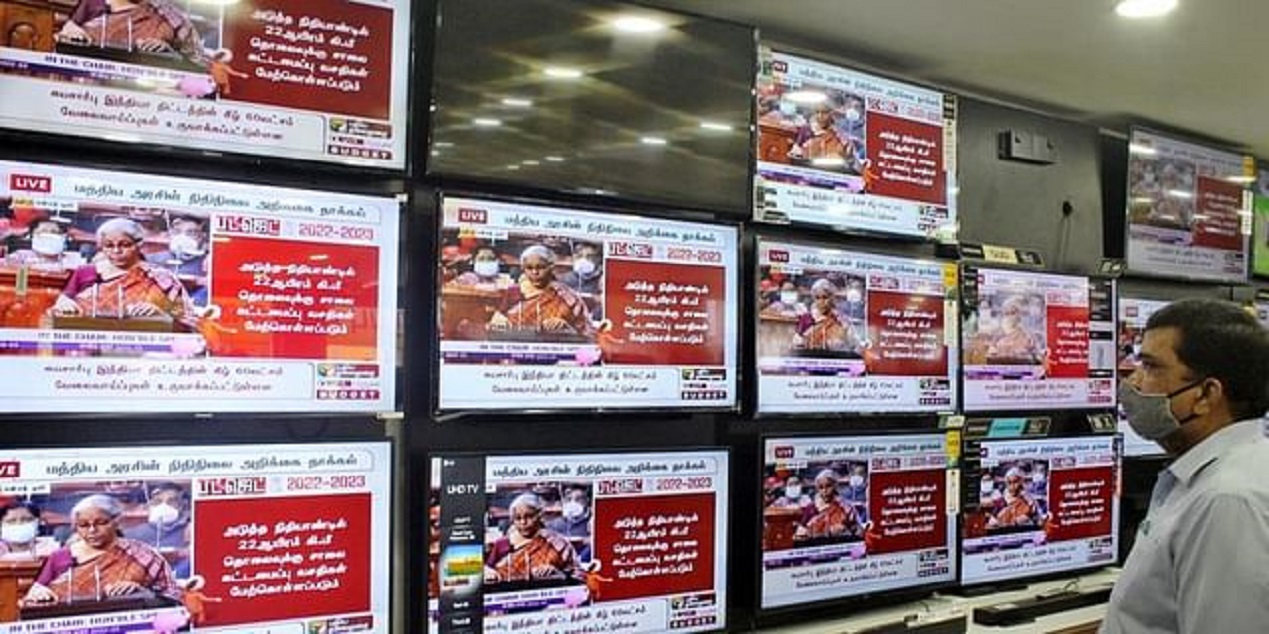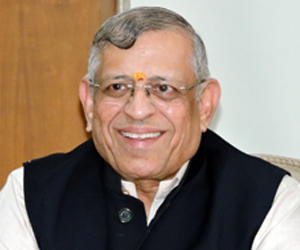There are several firsts about Budget 2022-23. The first of the firsts is that this is the only Budget in recent memory when the finance minister’s speech was not disturbed even once. The usual shoutings for this or that segment, or for states were absent. Second, this is the first pre-election Budget that has completely avoided populist lure for votes in an election season. Third, Rahul Gandhi ran into the car unusually without saying a word against the Budget, and an hour later sent an accusatory tweet that his advisers had prepared. Fourth, expecting it to contain huge freebies for poll-bound states, the Opposition, which had kept narratives ready to attack the Budget as a vote-catching exercise, was shocked by the contrast of cuts in freebies like in MGNREGA, food subsidy, fertiliser subsidy; that forced it to rush to change its narrative to charge the Budget as anti-poor. Fifth, the Budget speech, framed in a language entirely different from that the Opposition is accustomed to, also seems to have flummoxed the Opposition into silence. Sixth, the digitally read budget also digitally integrates the nation from villages to farming to post offices to finance to infrastructure to land registrations, to tax collections to railways, to roadways, to waterways to logistics to currency – into the largest single national computer. Seventh, digital currency that will be introduced by the RBI is yet another first. Eighth, the annual exercise of Budget has been psychologically transformed into the centenary Budget of Independent India. This made it difficult for the Opposition to attack the Budget the way it would trash a normal Budget. An economist with psychological background, not a pure economist, seems to have strategised the Budget narrative.
People’s spending hesitancy
An important point that seems to have shaped the Budget philosophy and narrative is the rising household financial savings. Pre-Budget data showed that household financial savings for 2021 is up by over Rs 7 lakh crore, but the household debt is up by just Rs 18,000 crore. Even in Rs 45 crore-plus marginalised people’s banks accounts in the Jan-Dhan Yojana, the deposits went up by Rs 39,000 crore in just nine months from April 2021 to January 2022. The rising cash savings clearly indicated people’s spending hesitancy, which is likely to last till the pandemic is over. This persuaded the finance minister not to go against their current psychology by efforts like tax and interest cuts, to force them to spend. For, even if she put money in people’s pockets, they may not spend. This fundamental point is not much noticed in the Budget debate. It seems to have forced the finance minister to opt for more public spending.
Public spending instead
With the economy having taken a drubbing in 2020-21 and just beginning to look up in 2021-22 on the income side of the Budget, obviously the finance minister did not want to take high risks on the revenue expenditure side. So, she rightly opted for government-led demand to push the economy. With huge private savings available to back public spending, the finance minister decided to up the capital spend by 34% to lift the economy, which would mean letting some Rs 2 lakh crore to create demand for goods as productive money in people’s hands. Indeed a sensible decision in the backdrop of retail inflation levels beyond comfort. On top of the capital spend, the finance minister extended the credit guarantees for MSMEs by one more year to ensure that they do not suffer for want of capital for business. The FM focused more on putting productive money into the system than giving unproductive freebies to the people.
Prudent yet adequate
The spendings provided in the Budget are prudent but adequate. Public capital spend Rs 7.5 lakh crore, housing allocation Rs 48,000 crore, interest-free loan to state government for infra spend Rs 1,00,000 crore, rural jobs guarantee Rs 78,000crore, Jal Jeevan Mission Rs 60,000 crore – to mention some significant items – are all cash driven whose velocity is bound to lift the economy. The FM rightly preferred to be prudent considering that in uncertain times the government would need elbow room to provide for any crisis arising out of another Covid wave – like it happened in 2020-21 – when the rural employment guarantee budget almost tripled and provision for free ration hit the roof.
Avoiding risky populism
The FM clearly avoided risks that could have had a spiralling adverse effect. Had she risked more inflation and gone populist she could have hiked the MGNREGA outlay, food subsidy and fertiliser subsidy by some Rs 50,000 crore to put money into people’s hands to win acclaim and get votes, and cut the capital allocation by like amount. But that would hurt the economy, not help the people ultimately. Also the Modi government should be complimented for not going for freebies particularly when elections are being fiercely fought in the most populous Uttar Pradesh, results of which can have adverse impact on the credibility of the Modi government and its winnability in 2024. It would have required enormous political will for Modi to resist the temptation of using Budget for votes.
Shocking deficit in debate
A shocking deficit in the ongoing national Budget discourse is the national security aspect absent in it. Conventionally, Budget debates are dominated by economy, trade, finance, business and politics. But despite the nation facing the possibility of two-front wars from early 2020, participants in the Budget debates do not seem to have been conscious of it. There is thus no serious discussion about the adequacy of the allocation for defence. While critics of the Budget shed tears for the salaried class, middle class, farmers and the poor, none of them has even cared to say a word about whether the defence allocation should be more or less. There has been a substantial rise in defence spending in three years, from Rs 3.05 lakh crore to Rs 3.85 crore 2022-23. In addition, defence pension of Rs 1.20 lakh crore. Defence allocation at over Rs 5 lakh crore is the single largest item of spending in the Budget. Yet it is the least noticed, much less discussed. An aspect that deserves to be pointed out is the policy focus in the Budget on increasing the share of indigenous production in the procurement. The indigenous production in defence capital procurement has been increased from 58% to 68%. This is a major step to advance long term national security and also leverage on defence production for jobs and technology development as also exports. The Modi regime has been growing the domestic defence industry for seven years. Had it not focused on indigenous production and procurement, the country would not have been able to export Brahmos missiles for $600 million to the Philippines.
2047 – aiming long
The Budget aims long into the future, with a helicopter view. It lays the foundation to turn national governance, integrating the Central and state government functions for common good, capturing the entire national physical, economic, financial, technological domains in one large national computer. If this massive digitisation agenda is achieved, it will put an end to most of the evils, including leaks in the economy, in government spending and stop corruption that damages the nation’s physical and economic security, besides impairing national political morality. This would not have been easy to achieve but for the monumental steps taken by the Modi government like the 45 crore Jan-Dhan Yojana bank accounts, direct benefit transfer and Mudra credit. And nothing would have been possible but for the huge political cost it incurred in forcing the much maligned demonetisation. The demonetisation, which introduced and habituated people and the system to digital financial life and formalised the economy, in retrospect instituted the biggest intangible asset of the nation – formal and digital economy. It helped dramatically to increase the share of the formal economy. According to an SBI study, the informal economy. which was 52% before demonetisation is down to some 15-20%. That is the foundation on which the Modi government is launching the ambitious India 2047 Project in this Budget. In this sense, this is not just a Budget for a year but one that transcends governments – for any future government to continue to work on. In sum, Budget 2022-23, which transforms normal narratives, is a huge turning point for future India.










Post new comment